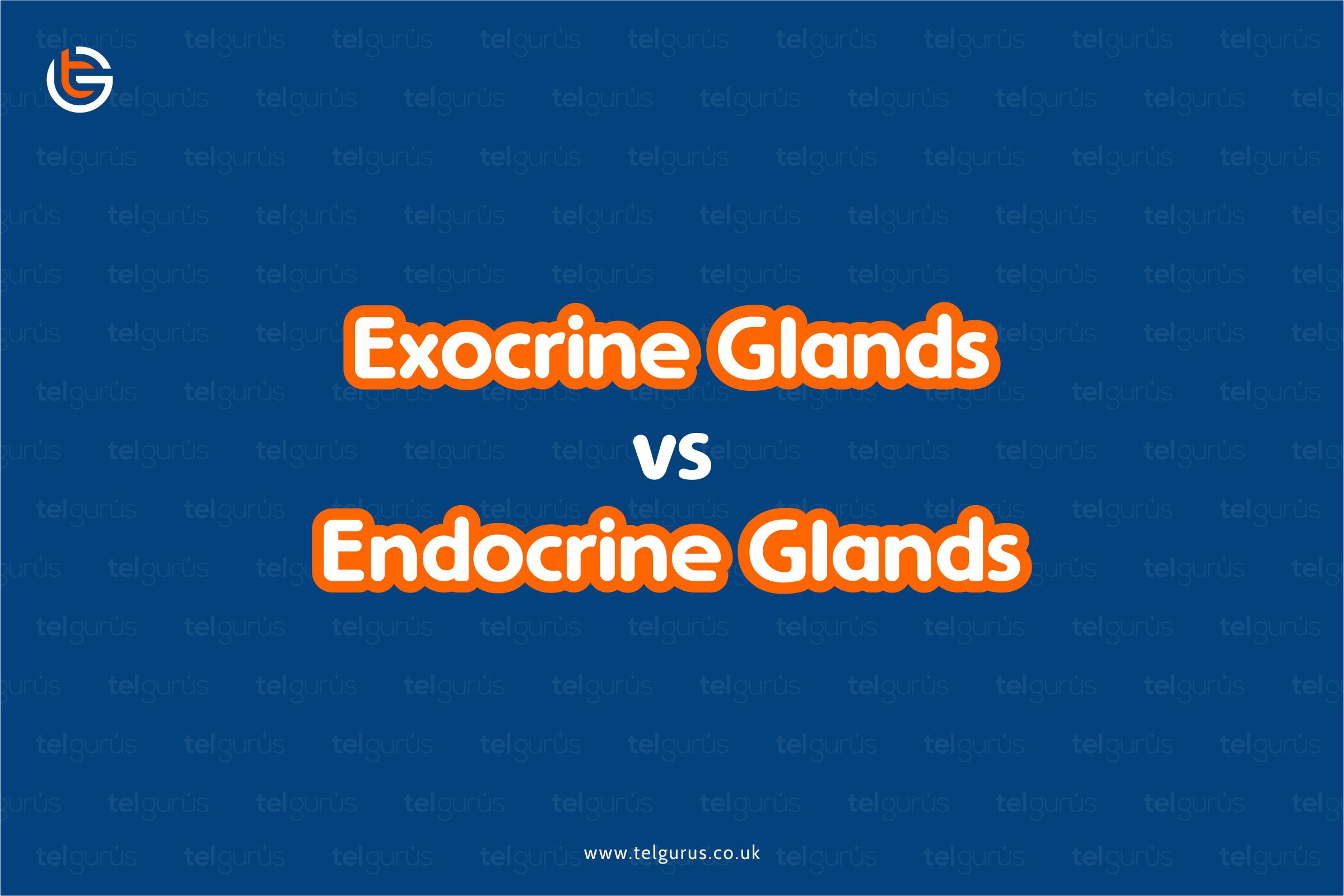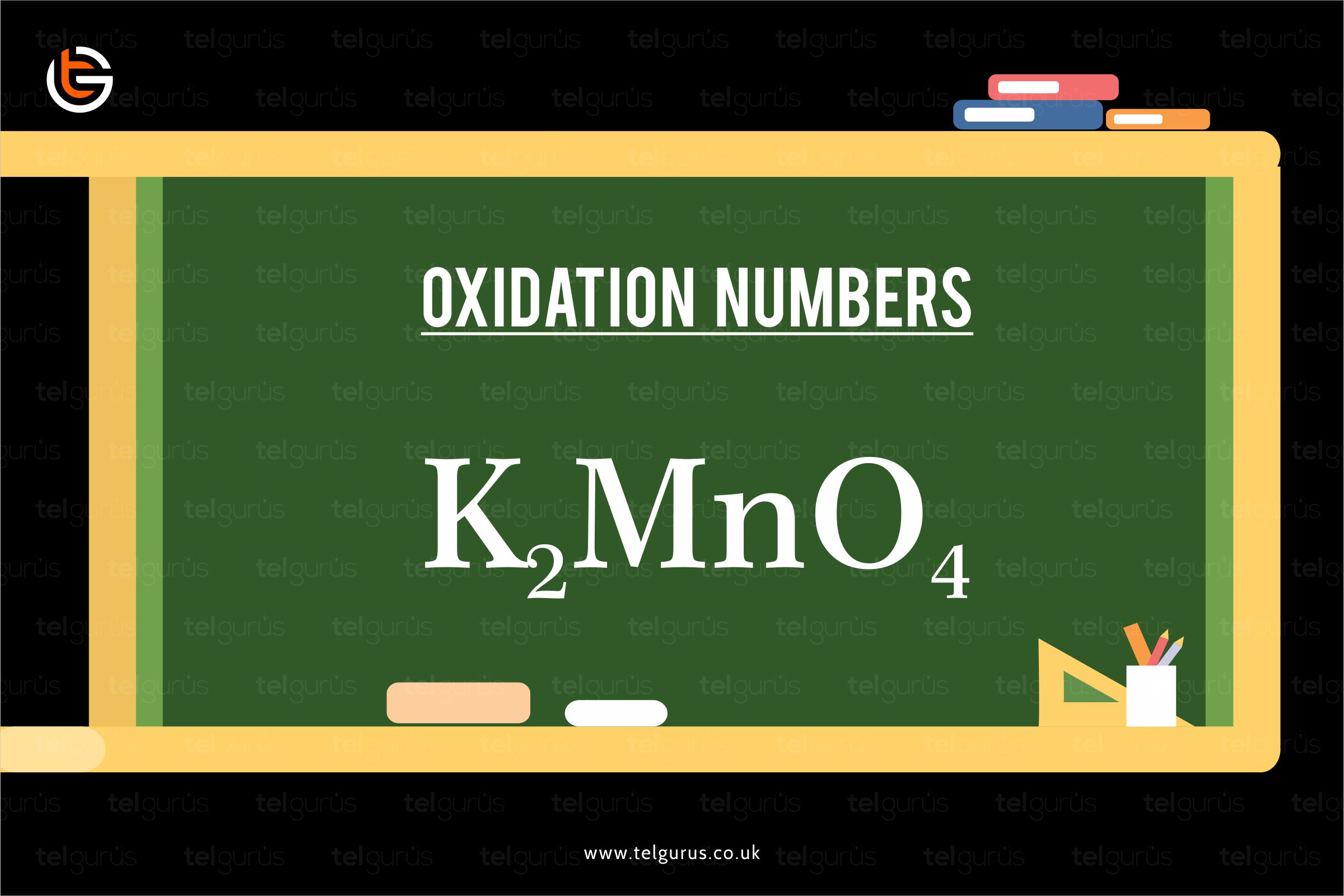Enrich your knowledge with our informative blogs
What is the difference between an endocrine and exocrine gland?

A human body has several glands that produce various secretions, including saliva, sweat, hormones, and oil.
Anatomically these glands are extensively classified into two main categories based on the absence or presence of ducts.
One is the Endocrine gland, and the other is the exocrine gland.
Endocrine glands are the ones that secrete the hormones devoid of ducts. In contrast, the exocrine glands secrete the hormones through ducts.
What are Endocrine Glands?
Endocrine glands are the ductless glands of the human body that directly release the hormones in the bloodstream. An endocrine system comprises several endocrine glands responsible for the various processes occurring in the body.
Endocrine glands are considered complex ones, including a few examples like thyroid, pituitary, adrenals, etc.
Examples of Endocrine Glands
- Ovaries are the type of endocrine glands that release progesterone and estrogen to give female characteristics.
- The pineal gland situated in the brain secretes melatonin in providing the response to dark conditions in the environment and also encourages sleep.
- It also starts puberty and regulates the female reproductive cycle.
- Testes are the endocrine glands that liberate testosterone to promote male characteristics.
What are Exocrine Glands?
Exocrine glands are the ones that have duct associated with it. Here the secretions are released to some internal organs or the body’s outer surface with the help of a duct.
The exocrine glands’ secretory products include mucous, enzymes, and other substances. These are considered simple, comparatively endocrine glands.
Examples of Exocrine Glands
- Pancreatic acinar cells are the example of exocrine glands where secretions are stored and then transported to the apical surface. It is then liberated and known as merocrine secretion.
- The sebaceous gland involves programmed cell death where cell debris and secretions are releases, known as holocrine secretion.
- Lactating mammary gland secretion is liberated with some cytoplasm surrounded by a plasma membrane known as apocrine secretion.
Understanding the difference between Endocrine Glands and Exocrine Glands
| Parameters | Endocrine Glands | Exocrine Glands |
| Ducts | Endocrine glands do not have any ducts | Exocrine glands have ducts |
| Secretion Route | Here the secretory products are released directly into the bloodstream and eventually reach the target organ. | Here secretory products are released to an external surface or internal organ through a duct. |
| Secretory Products | Hormones | Enzymes, sweat, sebum, mucus |
| Examples | Parathyroid glands, Adrenal glands, Pituitary glands, thyroid glands | Pancreas, salivary glands, Brunner’s gland, liver, Oesophagal glands. |
| Secretions Nature | Endocrine glands secrete hormones that are the chemical substances in the body. | Exocrine hormones secrete digestive juices and other excretory products including sweat. |
Bottom Line!
The major difference between endocrine and exocrine glands is that the endocrine gland secretes its products directly into the blood. In contrast, Exocrine glands secrete the products into the ducts, which further leads to the targeted tissue.
Read More – Biology Questions
View More – Useful links for Your Child’s Development

Visualize the in-depth understanding of the natural world!
Biology would sound more interesting when your curiosity levels are satisfied with better visuals & logical explanations.
Categories
Recent Posts
- List of the qualities you should look for in your tutors?
- What is the most useful formulas in math?
- Describe the process of eating to defecation of food?
- Difference between the natural and artificial active response by the immunology system.
- Explain the different circle theorems
- How are nerve cells adapted to their function?










